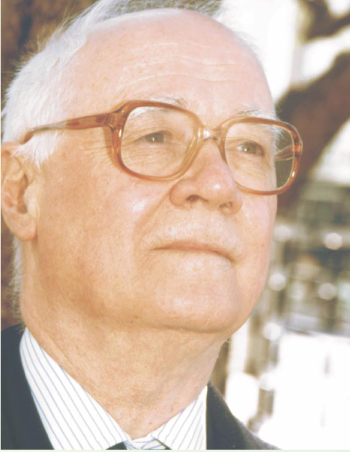Polkinghorne Pockets Religion Prize
DOI: 10.1063/1.1485572
Physicist and priest John Polkinghorne is this year’s winner of the Templeton Prize, first bestowed in 1973 on Mother Teresa. Founded by global investor John Templeton, the prize—rechristened this year as the Templeton Prize for Progress toward Research or Discoveries about Spiritual Realities—carries a £700 000 (about $1 million) cash award, intentionally more than the Nobel Prizes.
Polkinghorne earned his PhD in quantum field theory at the University of Cambridge in 1955; his thesis adviser, Abdus Salam, and his postdoctoral adviser, Murray Gell-Mann at Caltech, would each later win the Nobel Prize in Physics. After nearly a quarter of a century in academia, Polkinghorne gave up his Cambridge professorship and entered the Church of England, which ordained him as a priest in 1982. “I had done my bit for physics,” he says.
Since then, Polkinghorne has focused on bridging science and religion. “Both are concerned with the search for truth,” he says. “Science asks how things happen, religion asks why. For example, in fundamental physics, we are deeply impressed by rational order and beautiful equations. I would ask if that’s just our luck, or is there some divine mind behind it all?”
“When I give talks,” he adds, “I feel just as much a missionary for science as for religion—particularly in North America, where skepticism about science is widespread.” Polkinghorne returned to Cambridge as a chaplain in 1986 and later served as president of the university’s Queens’ College until he retired in 1996.
Polkinghorne’s latest book on science and religion, due out this spring, is The God of Hope and the End of the World (Yale U. Press). Coming out at about the same time is his physics book for laypeople, Quantum Theory: A Very Short Introduction (Oxford U. Press).
Polkinghorne plans to use some of his winnings to establish postdoctoral fellowships in science and religion at Cambridge.

Polkinghorne
KAREN MARSHALL

More about the Authors
Toni Feder. tfeder@aip.org
